Among the many rewarding aspects of my well-documented beaver obsession is this: it makes for interesting road trips. Roads tend to follow water, which means that you stand good odds of encountering Castor canadensis and its works during any long drive. I can’t tell you how many times I’ve screeched to a halt on a rural shoulder and leaped from my Subaru, camera in hand, to scope out a picturesque dam in a roadside creek. It’s a dangerous habit, maybe, but it does nicely break up what Seamus Heaney described as the “trance of driving.”
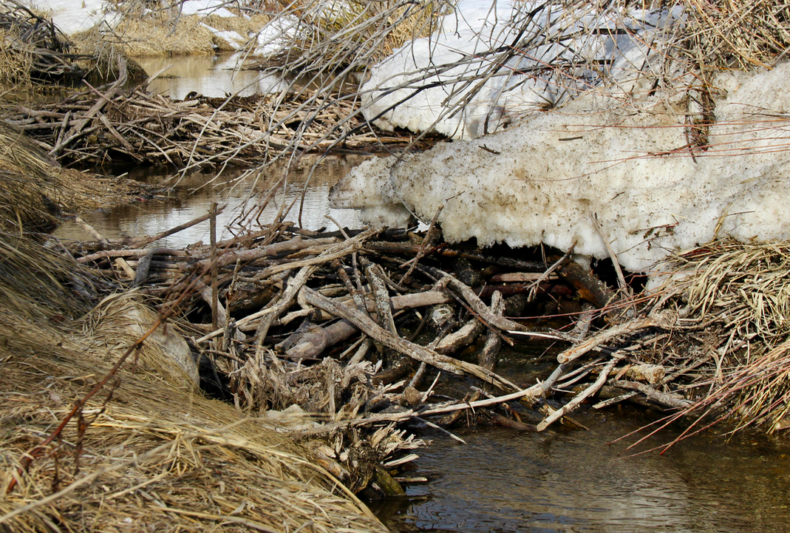
Last weekend I drove from my home in Spokane to the Methow Valley, in an ultimately vain attempt to salvage an edible roadkill deer carcass. (Long story.) My path took me along State Route 17, a two-lane highway that parallels East Foster Creek as it glugs fitfully down to the Columbia River. I’d noticed beaver ponds on East Foster during a previous trip, but it was pouring then, and I hadn’t had the opportunity to explore. This time I was determined to get out of the car and poke around.
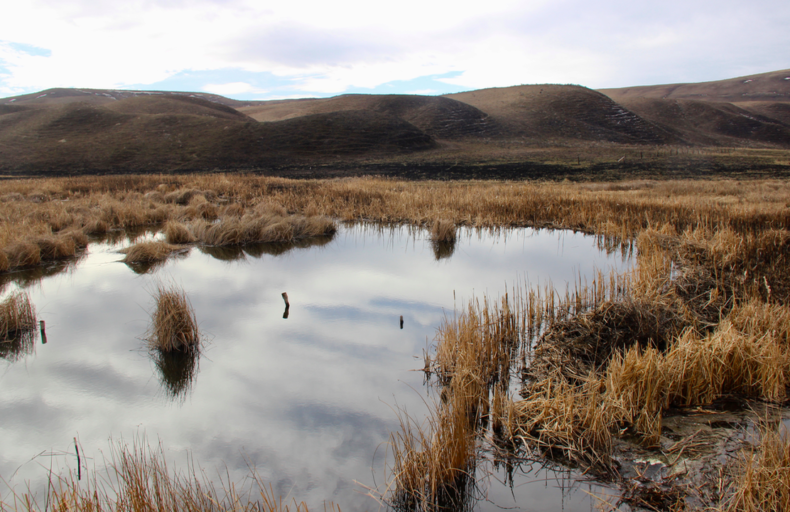
I was particularly curious about these beavers because of their location. East Foster Creek lies smack in the middle of the Pearl Hill / Cold Springs Fire complex, which, in September 2020, torched more than 400,000 acres in eastern Washington. As I reported at the time for The Atlantic, these mega-fires incinerated perhaps half of the world’s remaining Columbia Basin pygmy rabbits, an animal as adorably diminutive as its name suggests. Six months later, the area remains a crumbly, charred ashland that would look familiar to the Mars Rover.
This, at least theoretically, is where semiaquatic rodents come in. Last year an ecohydrologist (cool job title, eh?) named Emily Fairfax published a brilliant paper proving empirically what beaver advocates have long known intuitively: wetlands don’t burn. By hydrating their surroundings, Emily found, beavers create wildfire “refugia”: damp, lush spots on the landscape to which other critters — birds, amphibians, small mammals, even livestock — can retreat during fires. “It doesn’t matter if there’s a wildfire right next door,” Emily told me when I covered her study for National Geographic. “Beaver-dammed areas are green and happy and healthy-looking.” The Forest Service, she added, might want to consider a new mascot: Smokey the Beaver.
I was keen to observe Emily’s refugia effect in the wild, and East Foster Creek struck me as a potential case study. As I approached the pond complex, though, the situation looked grim. The Pearl Hill Fire had burned so huge and hot, it seemed, that the pond had been at least overrun by flames. Even the beaver dam itself had been singed — something I’d never seen before. (The beavers’ lodge, at least, appeared to have been spared.)
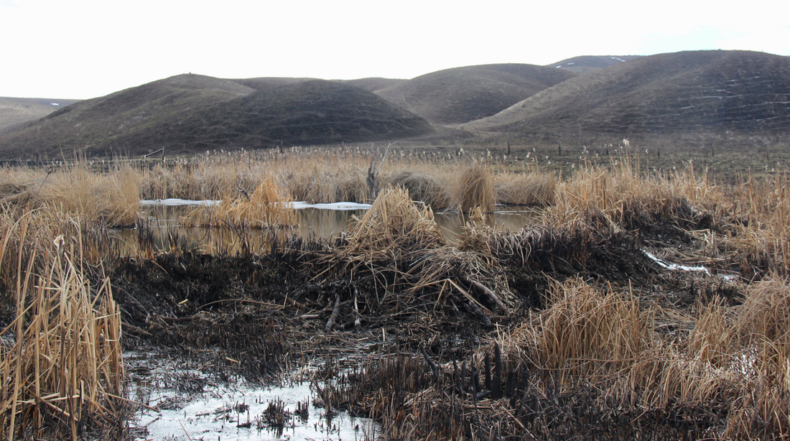
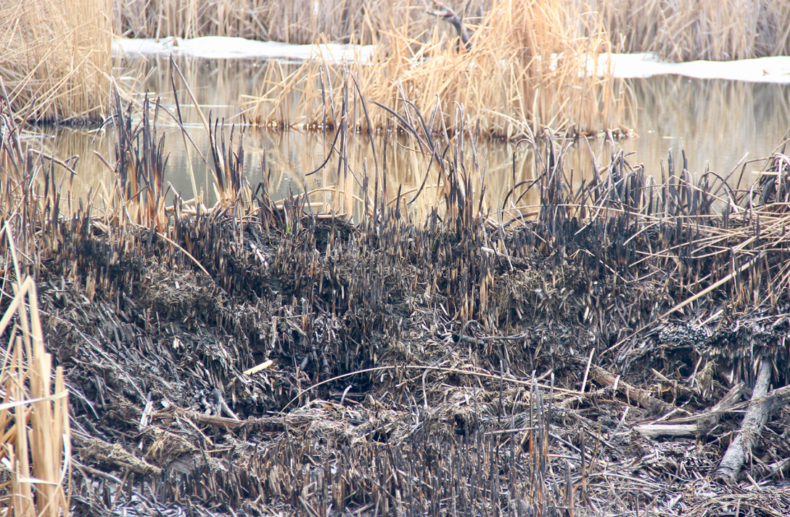
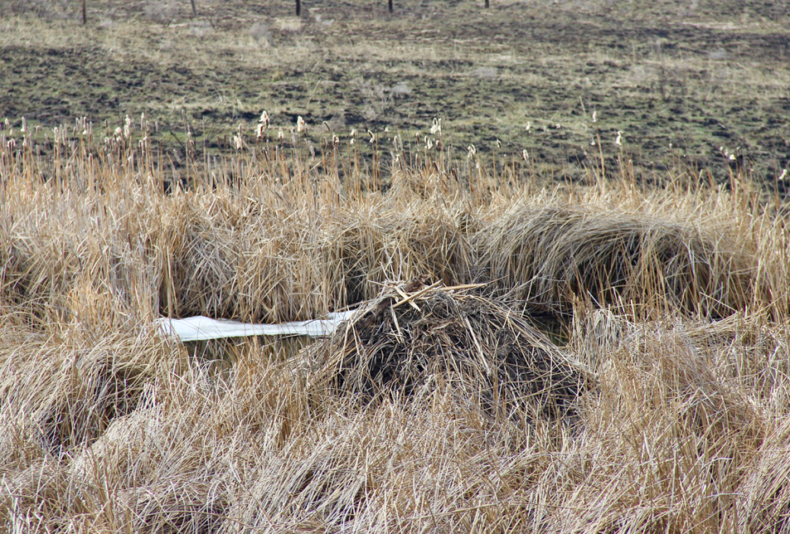
Inspecting the site further only confirmed my suspicions: The beavers were gone. Beavers have little tolerance for flowing water, and an active colony will swiftly repair a broken dam; yet these dams were clearly unmaintained, riven by breaches. Nor did I see any tracks, scent mounds, or fresh signs of chew (not that there was much to chew). Perhaps they’d been incinerated during the fire; perhaps they’d left the area after their food supply was torched. Whatever happened, I was convinced: This colony was no more.
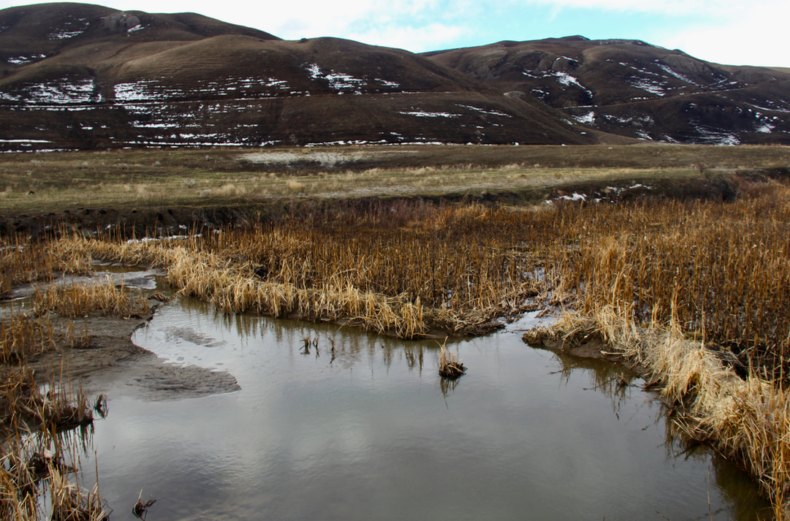
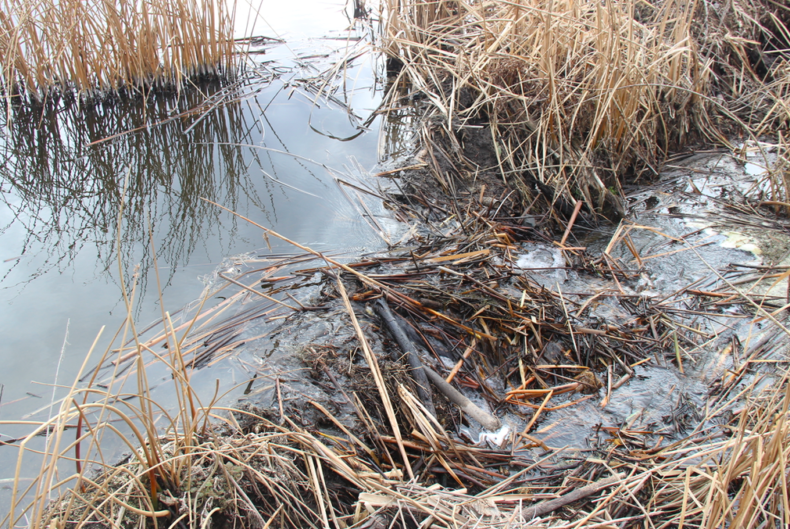
And yet even these derelict dams were performing crucial ecological work. Perhaps 15 to 20 acres of water lay behind the three or four dams I found in East Foster Creek — open, shimmering ponds that stood in glorious contrast to the erosive and barren stream reaches that predominated further downstream. Red-winged blackbirds brrrred in the surviving cattails; buffleheads drifted through the wetlands; geese lumbered into flight, their wings thwapping the surface. The beavers themselves may not have endured the fire, yet they’d created the only avian oasis for thousands of acres in any direction, contributing to the region’s long-term resilience and recovery — the ultimate act of ecological altruism.
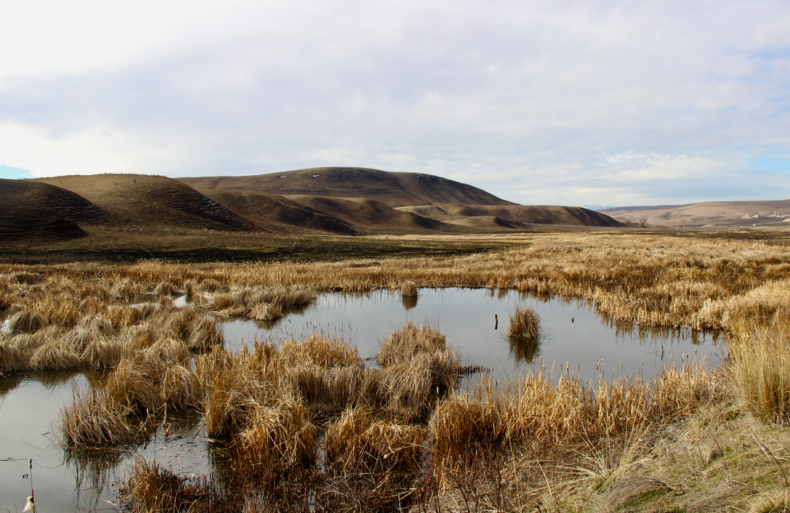
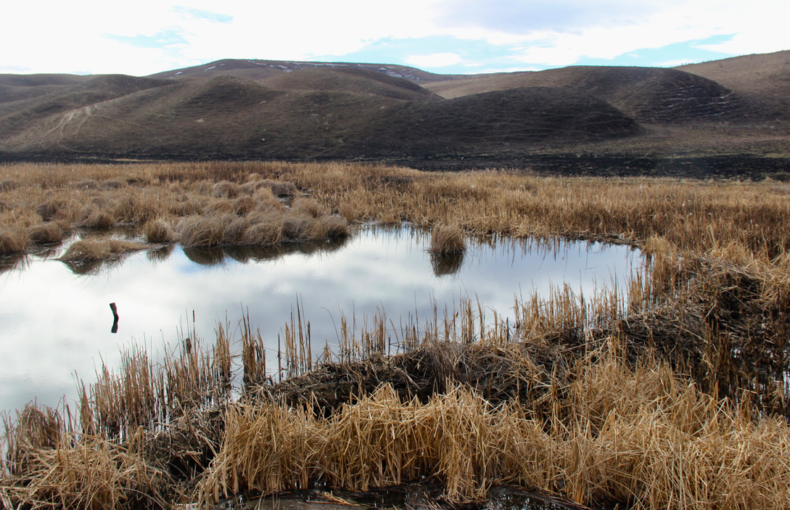
It’s also worth mentioning that, while these beavers may not have succeeded in creating a perfectly safe stronghold (even for themselves), they still had a beneficent impact. After I tweeted about this complex, Emily Fairfax did me the favor of running the stream’s Normalized Difference Vegetation Index, which is a fancy way of saying that she analyzed how lush the creek was, both right before and right after the Pearl Hill Fire. Sure enough, she found that some greenery lingered even after the inferno — suggestive of a partial but important refugium effect. These rodent martyrs had performed crucial work after all.
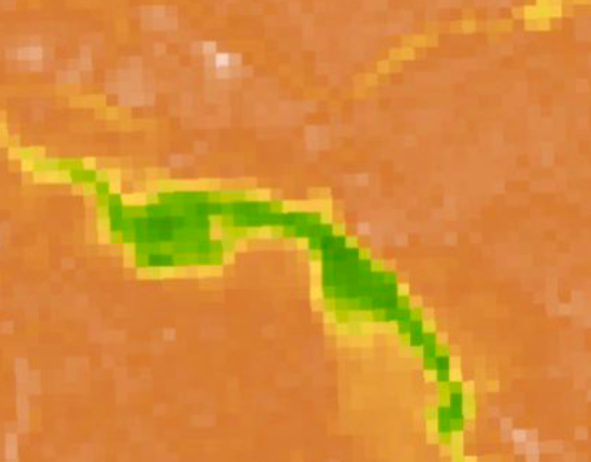
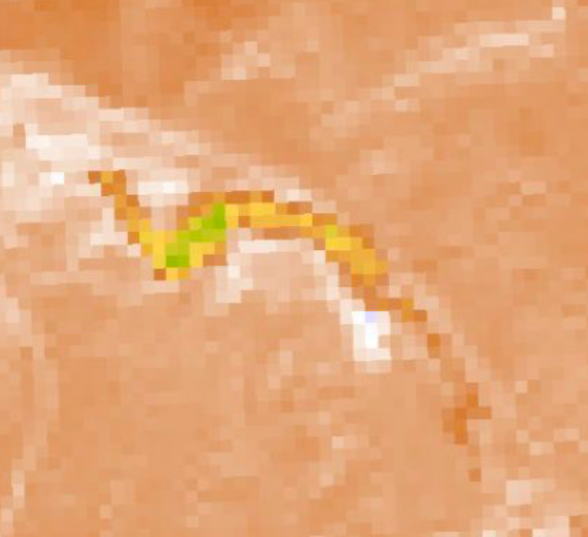
All in all, this might just be the most interesting roadside beaver complex I’ve stumbled upon yet. And because beavers set in motion geomorphological processes that play out over decades, it will continue to be interesting for years to come (especially when the next family of beavers finds its way into East Foster). I happen to think this would make a fascinating research site for an enterprising masters student; if you’d like to know the coordinates, drop a message in the comments.
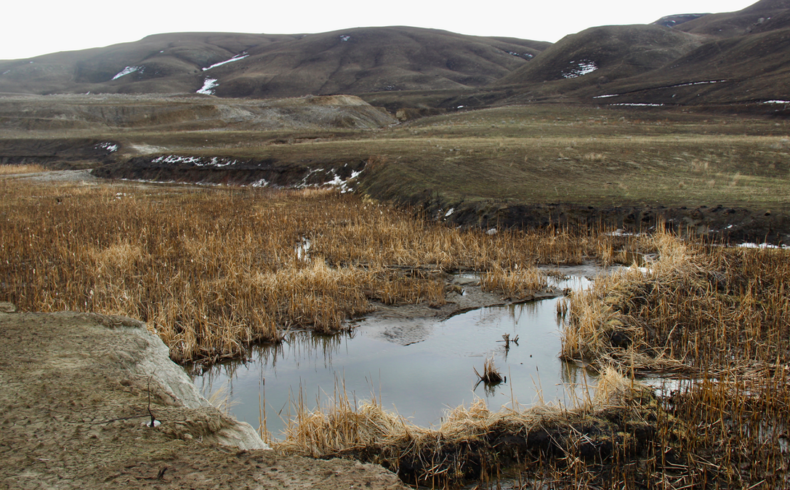
Looved learning all this. The relationship between beavers and fire is new to me, but good to know.
How very sad. Thank you for documenting it. Let’s hope the beavers can come back to the area!